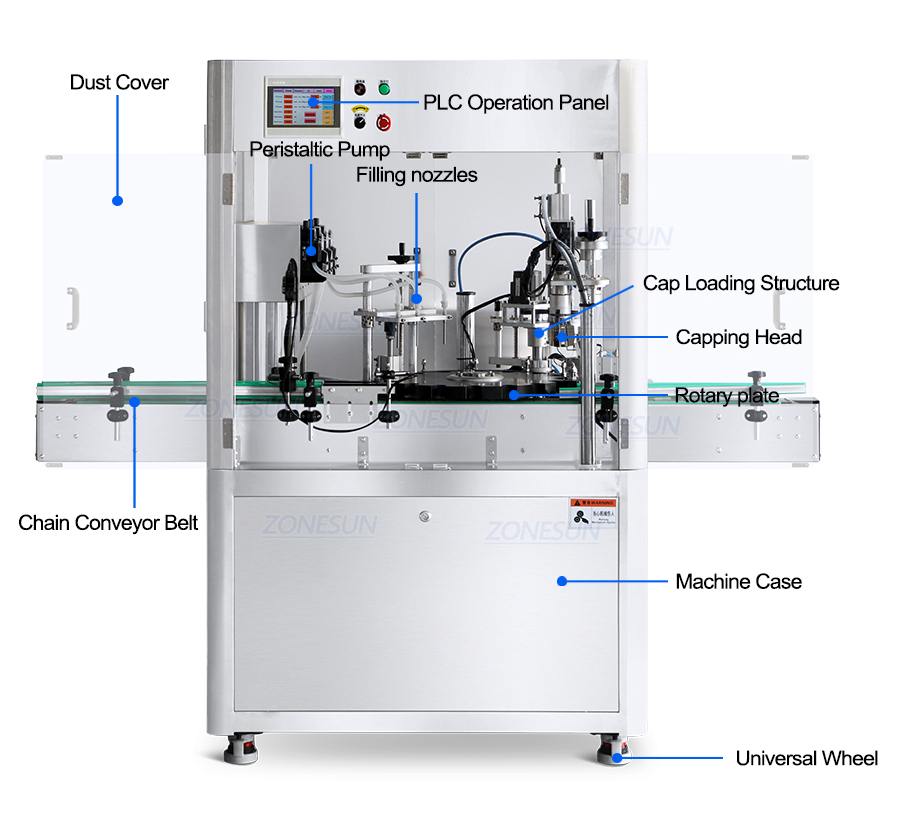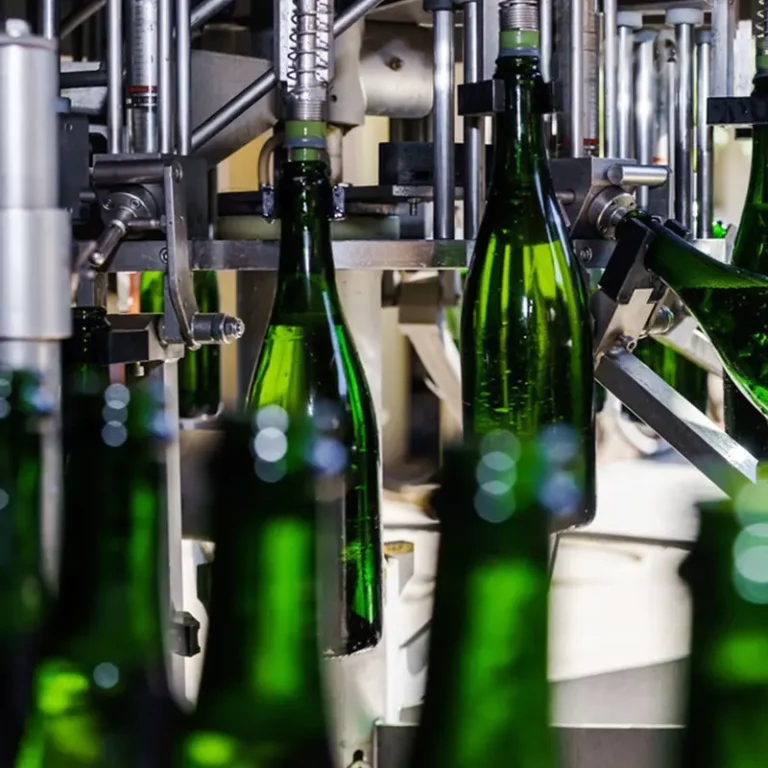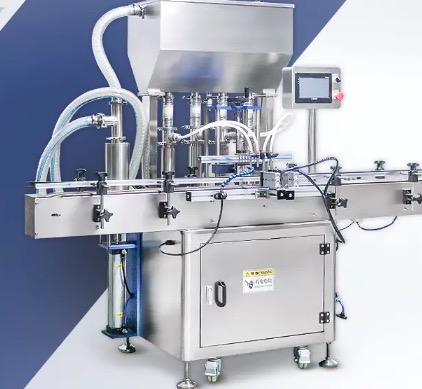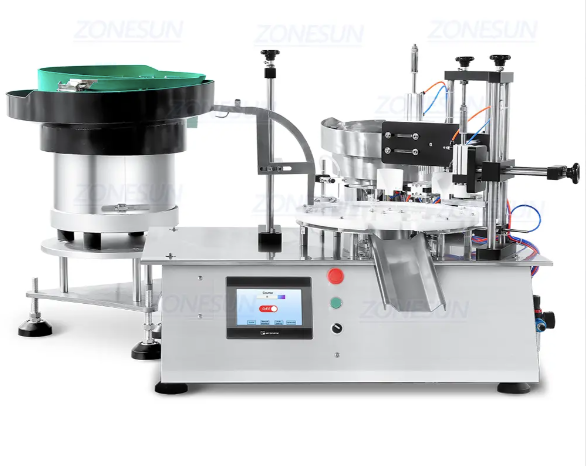Rotary liquid filling machines have become a cornerstone in modern packaging lines due to their ability to handle high-volume production with precision and speed. For enterprises looking to enhance their bottling processes, understanding how these machines work and what components define their performance is critical. This guide provides a comprehensive overview of their structure, working principle, and advanced models designed for various industries.
1. Working Principle of Rotary Liquid Filling Machine
A rotary liquid filling machine operates on a circular motion system where containers are filled as they rotate around a central axis. The process begins with bottles being fed onto a star wheel that guides them into individual filling stations. Each container is securely held in place while precision filling nozzles dispense the liquid.
Key phases of the working process include:
- Bottle Feeding: Bottles are transferred onto the rotary platform using a conveyor and positioned under filling nozzles.
- Filling Action: Using peristaltic pumps or piston mechanisms, liquid is dispensed accurately into each bottle.
- Capping and Discharge: After filling, bottles move seamlessly to capping stations where caps are applied, then proceed to the next stage of the packaging line.
This synchronized operation allows rotary systems to achieve high output rates while maintaining accuracy, with some models reaching up to 4000 bottles per hour.
2. Structural Components of Rotary Liquid Filling Machine
The design of a rotary liquid filling machine integrates several essential parts that ensure efficiency and hygiene. Every part plays a distinct role within the overall process:
- Dust Cover: Protects the filling area from external contaminants, maintaining product hygiene and quality.
- PLC Operation Panel: Provides an intuitive interface for controlling machine parameters, allowing operators to adjust speed, volume, and sequence.
- Peristaltic Pump: Ensures precise liquid delivery and is especially suitable for handling sterile or sensitive fluids.
- Filling Nozzles: Engineered for accurate liquid transfer, minimizing dripping and spillage.
- Chain Conveyor Belt: Transports bottles smoothly between different machine sections, supporting consistent workflow.
3. Featured Products: Advanced Rotary Liquid Filling Machines
ZS-AFC39 Machine
This high-performance system integrates vial filling and capping in a single compact unit. Using a cam control system, all stations operate in perfect synchronization, delivering seamless automation.
Key Features:
- Precision peristaltic pump design for easy tube replacement and cleaning.
- Cam-controlled operation achieving speeds of up to 4000BPH.
- Customizable star wheels for different vial sizes.
- Compatible with existing production lines.
- Voltage: 110/220V, 50–60Hz.
ZS-AFC28 Machine
Designed for smaller bottles such as serums, cosmetic oils, and liquid solutions, this model is ideal for industries requiring high efficiency in compact packaging lines.
Key Features:
- Mechanical design supporting up to 40 bottles per minute.
- Peristaltic pump delivering up to 6L/min(water equivalent).
- Operates at 0.5–0.7MPa air pressure for consistent performance.
- Compact size: approximately 20501800
- Energy consumption: ~3kW.
4. Customization Services by ZONESUN
ZONESUN is renowned for its extensive experience in designing automated filling solutions, including rotary systems, capping machines, labeling systems, and full production lines. Its rotary liquid filling machines feature advanced peristaltic filling systems and can be customized to meet unique production requirements:
- Bottle Size Compatibility: Tailored to accommodate various diameters and heights.
- Cap Size Options: Configurable to match different cap designs and materials.
This flexibility allows businesses to achieve seamless integration into existing workflows while improving productivity.
5. FAQs
Q1: How does a peristaltic pump improve filling accuracy?
Peristaltic pumps minimize contamination risks and provide precise dosing, making them ideal for sterile and high-value liquids.
Q2: What maintenance is required for rotary liquid filling machines?
Regular cleaning of the peristaltic pump tubing, inspection of filling nozzles, and calibration of PLC settings are essential for optimal performance.
Q3: Are ZONESUN rotary liquid filling machines compatible with existing production lines?
Absolutely. Their modular design allows easy integration with conveyors, capping machines, and labeling equipment.
บทสรุป
Understanding the structure and working principle of rotary liquid filling machines helps enterprises make informed decisions when upgrading production lines. ZONESUN’s customizable solutions and advanced features provide unmatched value for businesses seeking efficiency and precision in liquid packaging.




